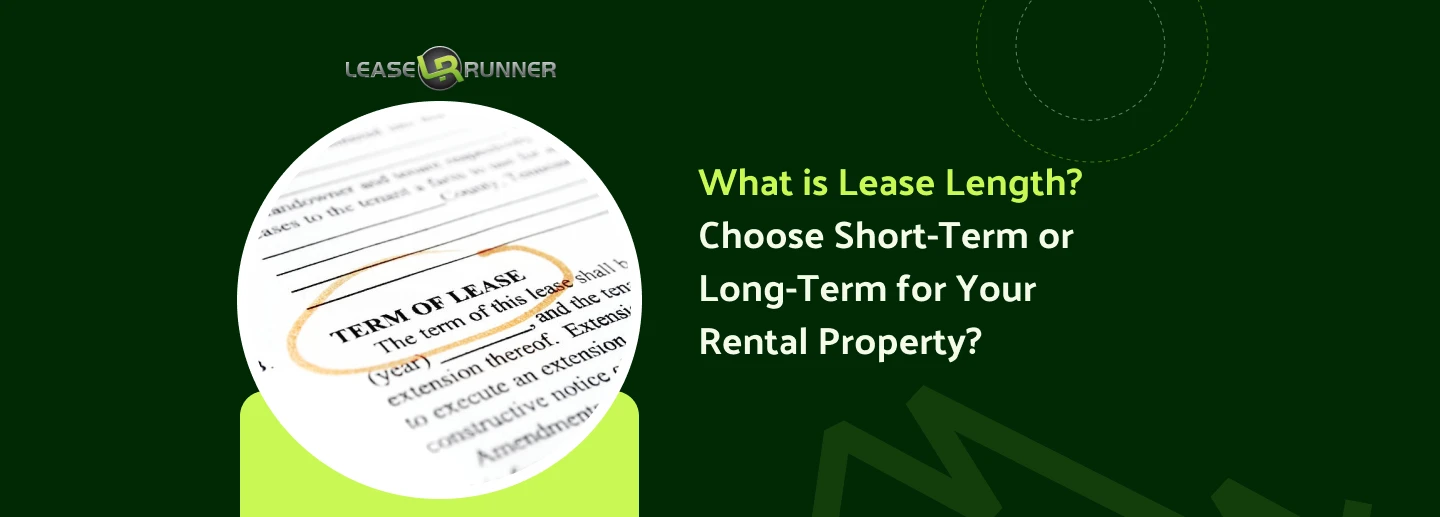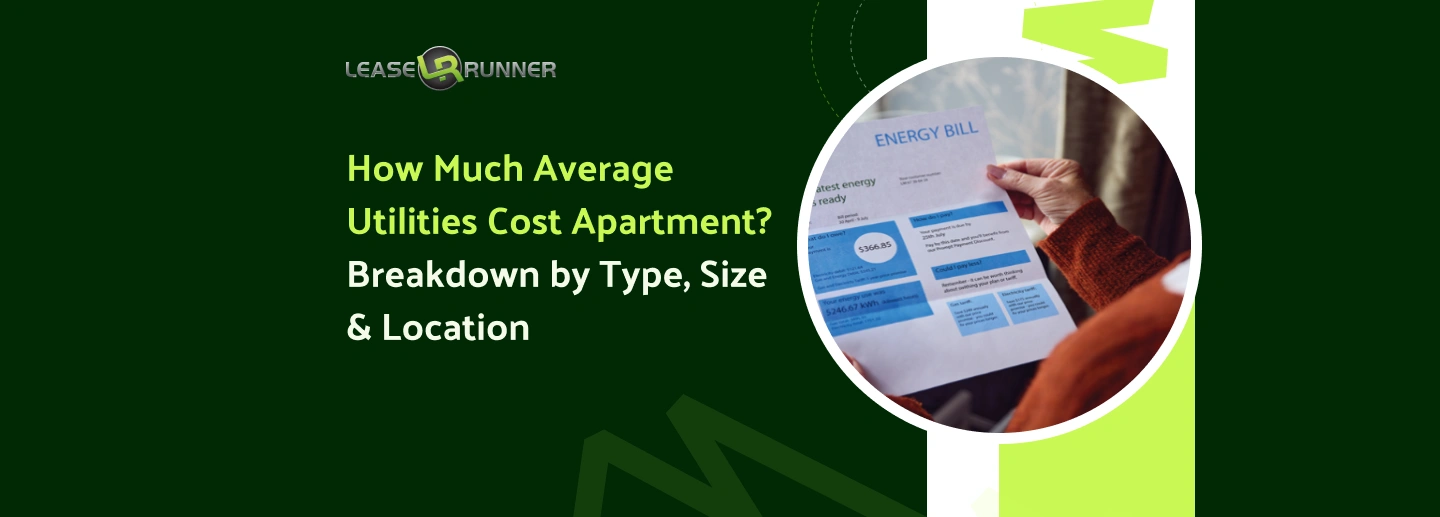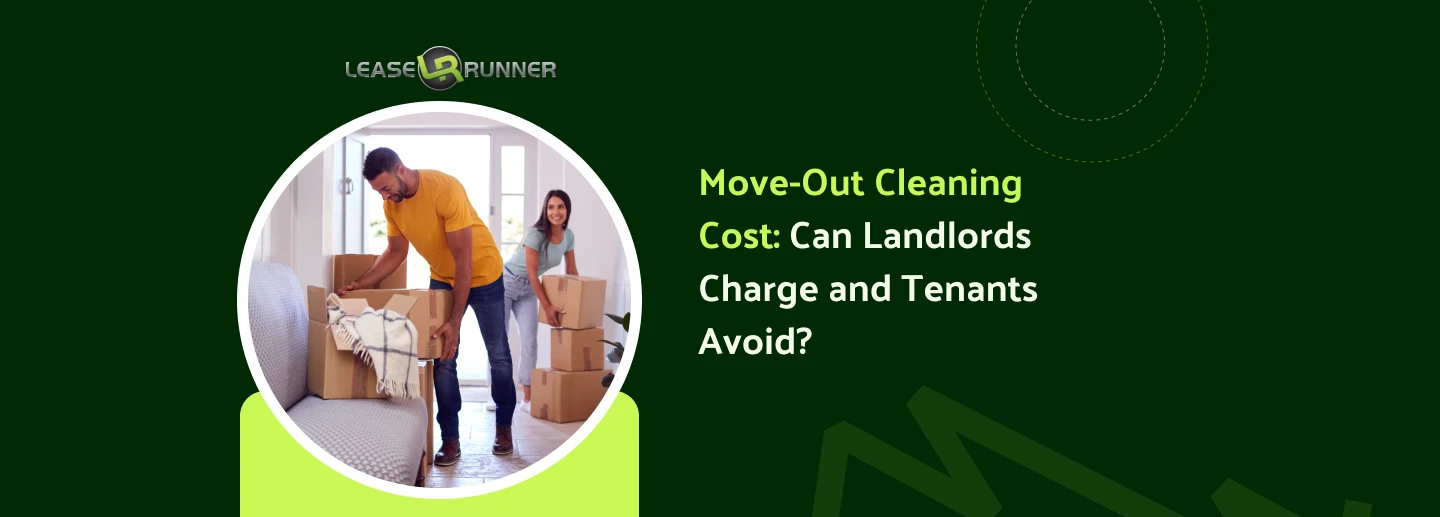When managing rental properties, knowing what the lease length is is a key part of creating successful rental agreements. The lease length typically refers to how long a tenant agrees to rent your property. This choice shapes your income, tenant stability, and the overall ease of managing your property.
You need to decide whether a short-term or long-term lease works best for your rental goals and property type. Here is a quick overview of important facts about lease length that landlords ask most:
With LeaseRunner, landlords can make lease choices that fit their needs, whether that is choosing a typical lease length or considering how long apartment leases last in their market. Let’s explore everything you need to know about what lease length is.
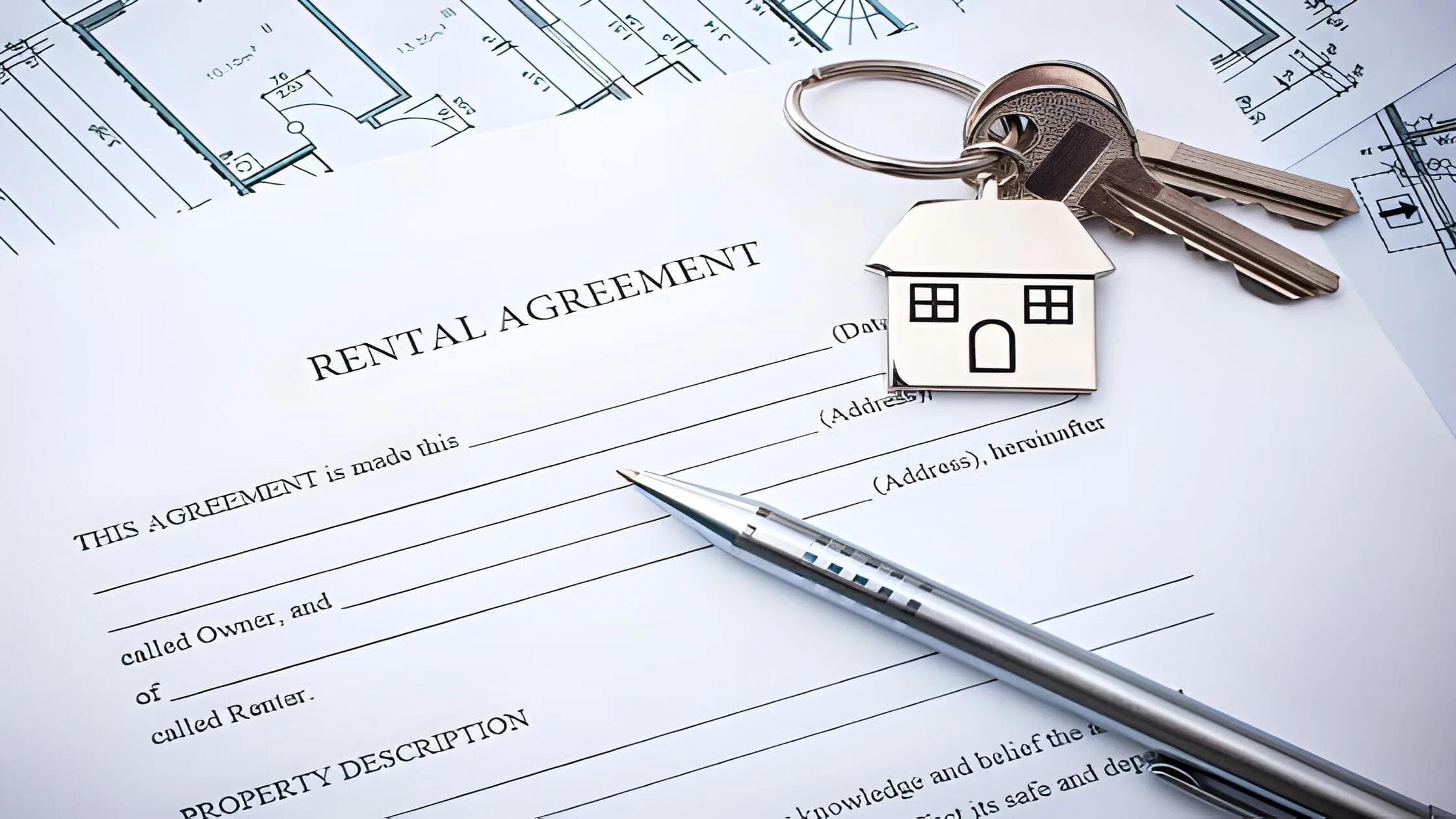
What Is a Lease Term?
A lease term is the length of time a rental agreement lasts between a landlord and tenant. It clearly states how long a lease agreement is valid and the rules that apply during that time. Additionally, a typical lease is different from a rent, mostly because of the commitment period.
The lease term includes important details like:
- The start and end dates of the lease
- The total period the tenant agrees to rent (the lease length)
- The rent payment schedule is tied to the lease period
- Any terms about rent renewing or ending the lease
For example, if a tenant signs a 12-month lease starting on January 1st, the lease term runs until December 31st of that year. The tenant agrees to pay rent monthly for that full period. After the 12 months, the landlord and tenant can decide to end or renew the lease.
Understanding the lease term means knowing how long you can lease an apartment or other property before the agreement expires. This clarity protects both landlord and tenant by setting clear expectations for the rental period. It also helps landlords plan for rent collection, property maintenance, and find new tenants when the lease ends.
How Long Is A Typical Lease Agreement In The US?
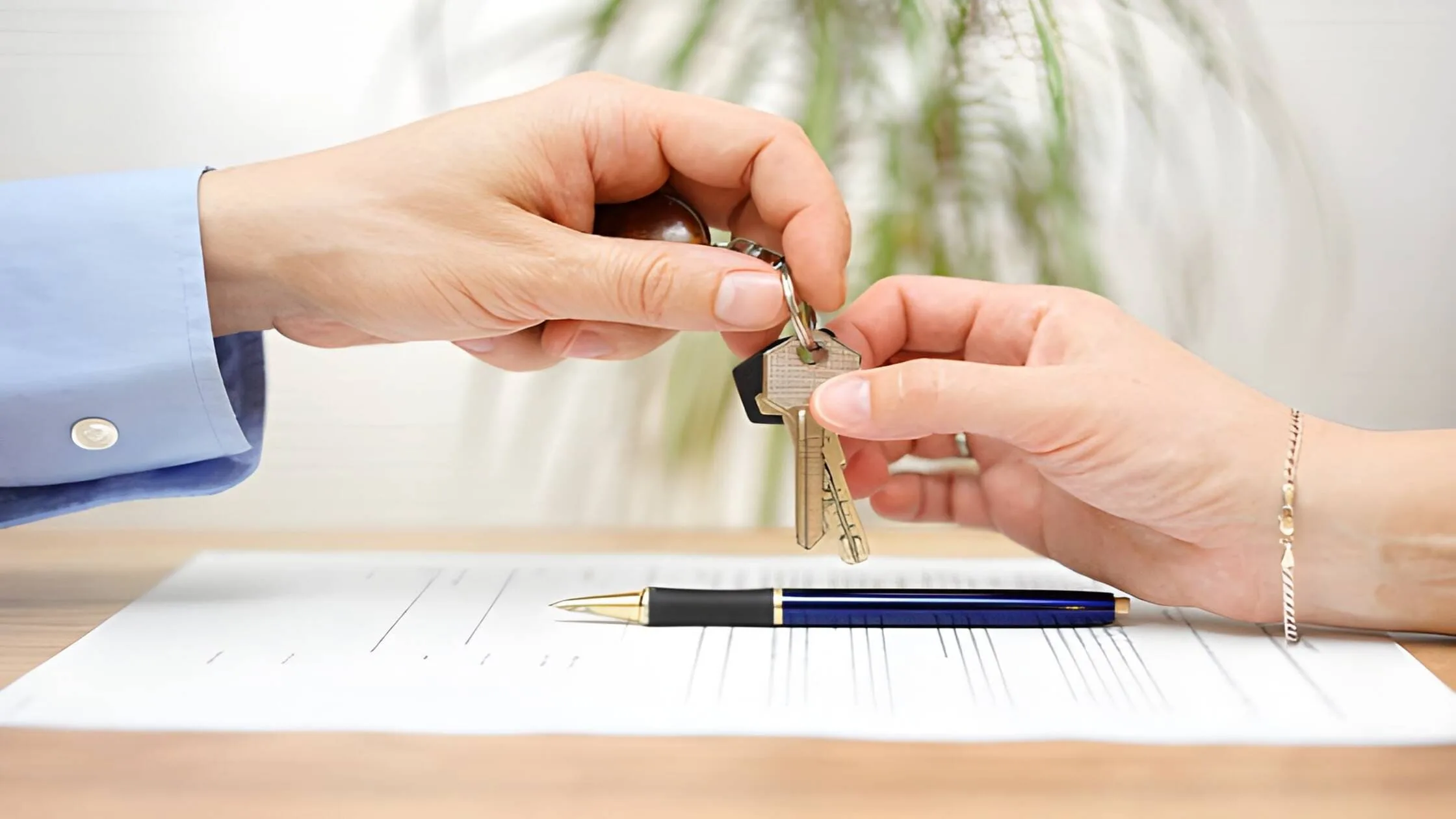
One of the most common questions landlords ask is: How long do apartment leases last? Lease lengths vary based on market trends and landlord preferences, but here are the most typical types in the US rental market.
Fixed-Term Lease
The fixed-term lease forms the backbone of most rental contracts. It means a tenant agrees to rent for a set period, usually between 6 and 24 months. This lease clearly states the start and end dates and locks in rent prices and terms. Common durations include:
- 6 months: Often chosen for short stays or subleases. For example, someone moving for a temporary job might sign a 6-month lease.
- 12 months: This is the typical lease length. A one-year lease guarantees a tenant for at least a year, lowering turnover and vacancy risks. Many landlords prefer this as it creates stable rental income and easier financial planning. For example, a family renting a home for a year doesn’t have to worry about frequent moves.
- 24 months or more: Typically used for very stable tenants or commercial leases. While this limits the ability to raise rent during the lease, landlords benefit from longer-term income reliability and steady occupancy.
Fixed-term leases balance tenant stability with the ability to plan rent increases after the lease ends.
Periodic Lease
A periodic lease, commonly called a month-to-month lease, automatically renews every month until canceled by either party with notice (normally 30 days). This lease gives landlords flexibility to adjust rent or end tenancy quickly. Tenants enjoy the freedom to move without long-term commitment, which is ideal for short stays or uncertain plans.
However, landlords risk more frequent tenant turnover and vacancies, which can interrupt income flow.
Indefinite Lease
An indefinite lease is an agreement that does not have a set expiration date and rolls over automatically. This type of no fixed end date and continues until either the landlord or the tenant gives notice to end it. This is rare but offers maximum flexibility, albeit with little long-term income security for landlords.
Choosing between these lease types depends on your rental goals. Longer lease durations offer steady income and lower turnover, while month-to-month leases provide flexibility but less income predictability. Understanding the typical lease lengths in your market helps in making the best decision for your rental property.
Short-Term Leases: How Long Are They and When to Choose?

Short-term leases are rental agreements that last less than six months. Most often, they take the form of month-to-month leases, where tenants rent for a few weeks or months. These leases give landlords and tenants more flexibility.
Pros of Short-Term Leases for Landlords
Short-term leases offer several key benefits that make them suitable for certain rental properties and markets:
- Higher rent premiums: Because tenants want flexibility, landlords can charge more per month. For instance, a landlord in a beach town may earn $2,000 for a 3-month summer lease but only $1,500 monthly with a year lease.
- Quick rent adjustments: With shorter leases, landlords can change rent prices faster. Suppose new businesses move into your area, pushing demand up. You can raise rent for the next short-term renter without waiting for a fixed lease to end.
- Flexible property use: Short leases let landlords use or upgrade properties more often. For example, after a three-month lease ends, you can block time for repairs or personal use before renting again.
- Less wear and tear: Tenants usually cause less damage during short stays. Guests staying a few months tend to treat the place with more care than long-term tenants.
Cons of Short-Term Leases for Landlords
There are drawbacks landlords should consider:
- Frequent tenant turnover: Short leases mean tenants move in and out often. This causes gaps between renters. For example, after a 3-month lease finishes, you may have two weeks before filling the unit again, losing rental income.
- More administrative work: More leases mean more background checks, lease signings, and move-in inspections. Handling these tasks multiple times a year takes more time, especially without property management help.
- Unpredictable earnings: Income can go up and down. Seasonal short-term leases may bring big summer profits but low winter rent. Budgeting feels harder than with stable long-term tenants.
- Need for stronger tenant screening: Because tenant types vary widely, landlords must carefully screen to avoid bad renters. Tourists, students, or short-term workers may have inconsistent payment histories.
In short, short-term leases best fit when you want to keep options open and accept income fluctuations. They suit markets with lots of temporary renters, like tourist hubs or corporate centers. By using these leases, landlords can make more money in peak seasons and keep flexible control over their property. Just be ready to manage more tenant changes and paperwork. This balance helps make the most of your rental investment.
Long-Term Leases: What Are They and When to Choose?

Long-term leases usually last one year or more. These leases create a solid commitment between landlords and tenants. When you sign a long-term lease, the tenant agrees to rent your property for at least 12 months.
Sometimes, these leases run for several years, especially in commercial properties. Long-term leases suit tenants who want housing stability. They also work well for landlords who want regular, predictable income with fewer gaps.
Long-term leases give landlords steady income. If you own multiple apartments, a one-year lease locks in tenants for that time, reducing the need for repeated advertising, tenant checks, and cleaning. It also helps you plan for costs like mortgage payments and maintenance.
Pros of Long-Term Leases for Landlords
There are several benefits to choosing longer lease agreements:
- Stable income with fewer vacancies: Long leases cut down on empty months. Instead of finding tenants every few months, you get steady rent for at least a year. This means you can count on regular rental cash flow.
- Less turnover and administrative work: Fewer lease renewals reduce tasks like tenant screening and advertising vacancies. This lowers your workload and costs.
- Stronger tenant relationships: Long leases build trust. Tenants tend to take better care of homes they plan to stay in. For example, a tenant on a two-year lease may invest more effort in maintaining the property than someone renting month-to-month.
- Easier financing and property management: Banks like to see long-term leases because they show steady income. This can help you get financing. It also simplifies planning for repairs and upgrades.
Understanding your long-term income, whether based on a net rent vs gross rent model, is easier with a stable long-term lease.
Cons of Long-Term Leases for Landlords
Long leases come with some drawbacks:
- Less room to raise rent quickly: When market rents rise, you may be stuck with a lower payment until the lease ends. If rent doubles in your area, your tenants still pay the agreed rate until renewal.
- Longer commitment to problem tenants: If a tenant does not follow rules or damages the property, evicting them can be hard. You must often wait until the lease period ends.
- Missed chances in rising markets: Locked-in rent means you can lose money when demand and prices spike.
Long-term leases are best for landlords wanting steady income and less daily management. For example, if you own apartments in a neighborhood with stable renters, a 12-month lease fits well. Businesses signing longer commercial leases also gain security and planning stability.
In short, long-term leases offer reliable cash flow and fewer headaches. But they require commitment and less ability to adjust rent quickly. Knowing these points helps you pick the right lease length for your property.
How to Choose the Right Lease Length for Your Rental Property?
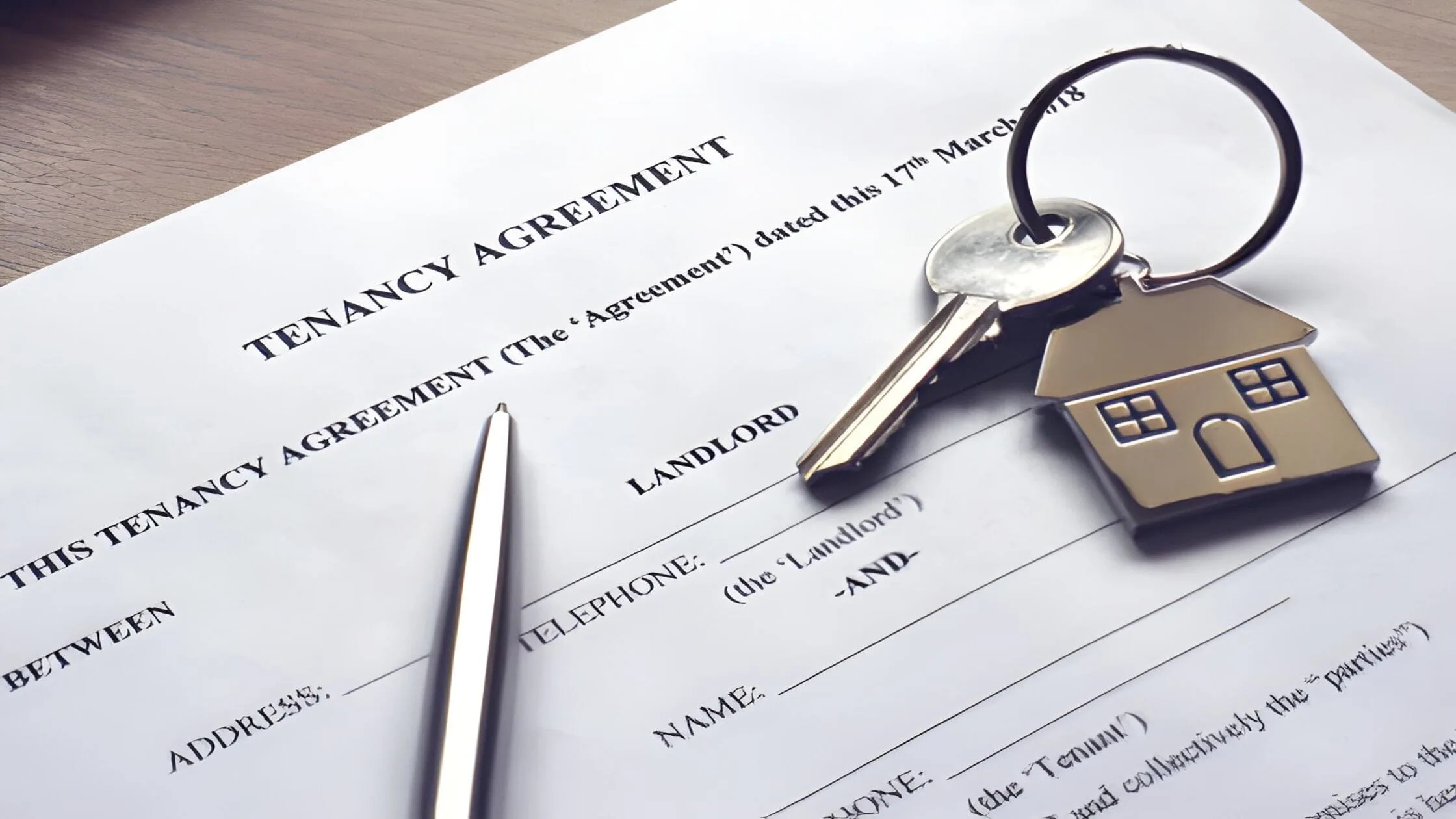
Choosing the right lease length depends on what kind of property you have, the needs of your tenants, and local rental trends. Finding the right lease term helps you keep tenants happy and makes managing your property easier. Here’s a clear guide for landlords to pick the best lease duration.
For Residential Properties
Different tenants have different needs, so the best lease length for an apartment varies.
- Families and long-term renters: These tenants usually want stability and security. They prefer leases of 12 months or more. For example, a family moving into a home will typically sign a year-long lease. This reduces how often you have to find new renters and helps keep income steady.
- Students and short-stay workers: These renters need more flexibility. They often choose 6-month leases or month-to-month leases. For instance, a student may only need housing for one semester or a short internship. Offering shorter leases on your property can attract these tenants, but may mean more frequent tenant turnover.
- Think about your turnover costs: Changing tenants means time and money spent on cleaning, marketing, and background checks. If you own a popular property, it might pay to offer longer leases that reduce turnover. But if the market has many short-term renters, flexible lease lengths keep your unit filled.
For Commercial Properties
Commercial leases usually have longer terms because businesses need stable locations.
- Typical commercial leases: These can range from 3 to 10 years. A restaurant or retail store may sign a 5-year lease to build a steady customer base and plan ahead.
- Protect yourself from market changes: Long leases offer security during economic ups and downs. If a business rents for 7 years, you know you will have a steady income, even if the market falls.
- Use flexible lease terms: Some landlords add options like break clauses or rent reviews. For example, a landlord might allow rent to adjust every two years or let tenants end the lease early under certain conditions. This flexibility helps landlords and tenants adapt to changing needs.
At LeaseRunner, we recommend landlords always study local market trends. Know who your ideal tenants are and how long they want to stay. Also, calculate costs tied to tenant turnover.
For example, in a city with many young professionals, shorter leases might fill your apartments faster. But in family neighborhoods, longer leases often reduce the hassle and keep homes occupied. Choosing the correct lease duration helps you balance income stability with tenant satisfaction.
By matching your lease lengths to your property and tenants, you improve your rental success and make management easier over time.
Conclusion
Knowing what the lease length is helps you decide between short-term flexibility and long-term stability for your rental property. Short leases offer adaptability and higher rents but can increase management and vacancy. Long leases provide consistent cash flow with fewer tenant changes but less control over rent adjustments.
At LeaseRunner, we help landlords choose the right lease duration for their rental properties. Whether you want the predictability of a 12-month lease or the flexibility of a month-to-month lease, understanding your options leads to better landlord success and tenant satisfaction.
FAQs
What is the best lease length for an apartment?
A 12-month lease is often the best choice. It balances tenant stability with manageable turnover. For example, families or long-term renters generally prefer this option because it allows them to settle in comfortably.
However, shorter or month-to-month leases suit tenants with temporary plans, like students or workers on short assignments. If flexibility is important, landlords can offer mid-term rentals lasting from six to eleven months, which provides a good balance between stability and flexibility.
What is the shortest lease for an apartment?
The shortest common lease is the month-to-month lease, lasting 30 days. This lease type gives both landlords and tenants maximum flexibility. Tenants can move out with just 30 days’ notice, and landlords can adjust rent or end the lease easily. But this flexibility can mean less security for landlords because tenants might change frequently.
Can you break a lease term early?
Yes, breaking a lease early is possible, but it often comes with fees or lost deposits. For example, if a tenant leaves halfway through a 12-month lease, they might have to pay penalties or continue paying rent until the landlord finds a new tenant. Lease contracts usually explain these rules to protect landlords from income loss.
Do apartments do month-to-month leases?
Yes, many apartments offer month-to-month leases with automatic monthly renewal and easy termination by either party with notice. This works well for tenants needing temporary housing, such as those on job assignments. Landlords offering this option should be ready for more frequent tenant turnover.
